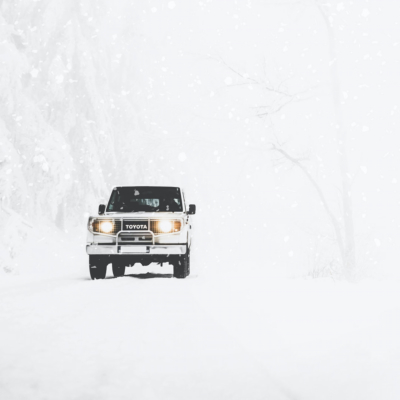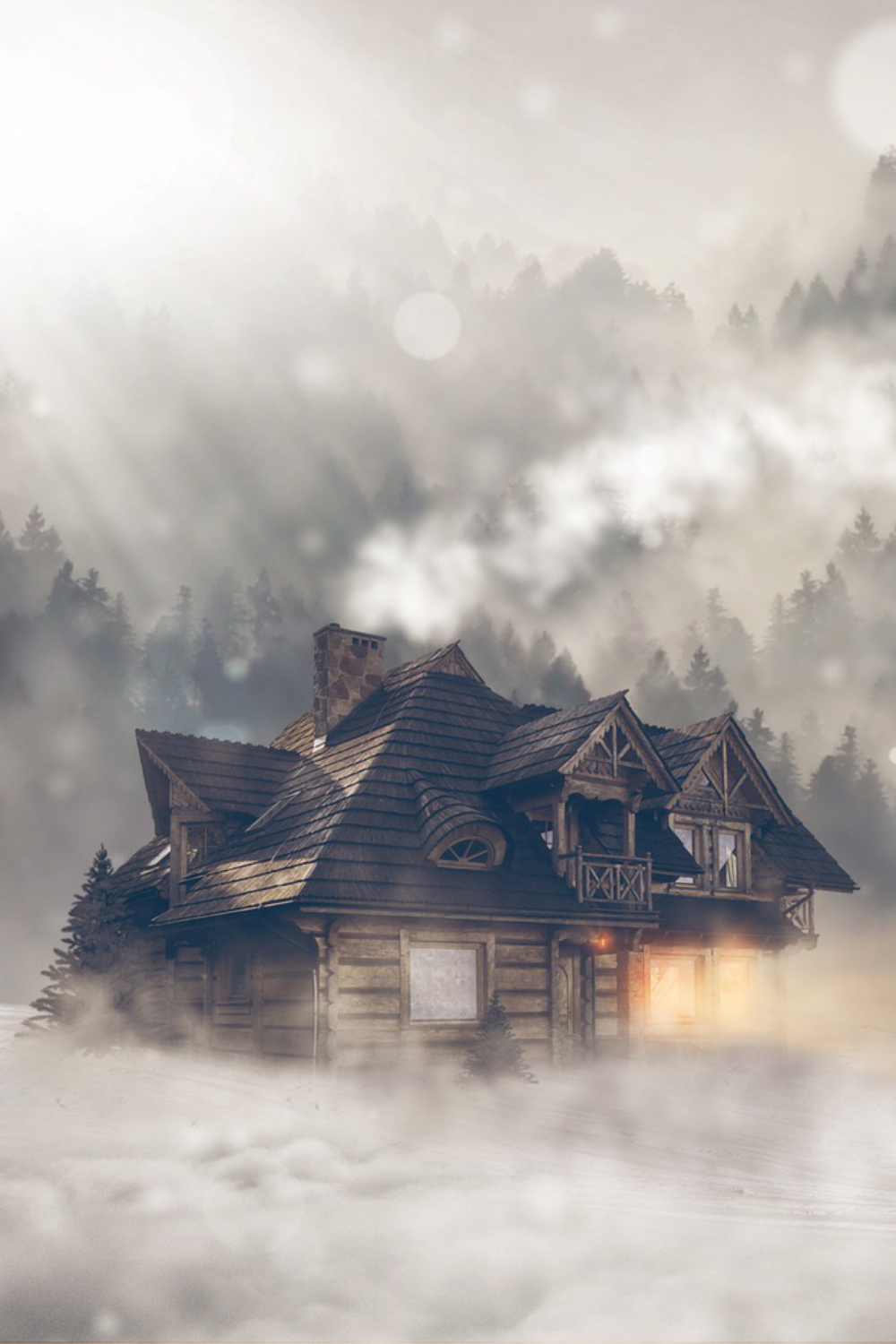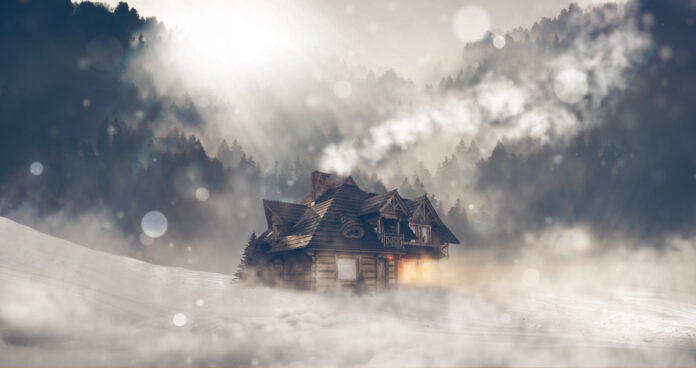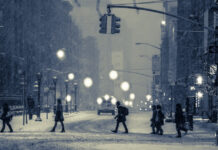The middle of the country is suffering through an arctic blast, with snow in the American Redoubt and ice storms as far south as Texas. Winter has started early and looks to be a cold one due to two factors: The La Nina conditions in the Pacific Ocean, which result in colder temperatures parts of the U.S.; and the solar minimum, a time during which the sun’s solar spot activity dies down and temperatures on earth drop. Many fear that the current solar minimum may last years, rivaling the Maunder Minimum which may have caused “the little ice age” in the late 1600s.
At the same time temperatures are dropping, the number COVID-19 cases are growing, peaking last week at more than 85,000. Hospitalizations are also increasing, although there has been little or no increase in deaths so far. Fears that lockdowns will be announced grow as people like Dr Faucci and California’s Governor Newsom are recommending strict Thanksgiving restrictions, including restricting travel, limiting the number of people who attend and the length of the gathering.
In short, it looks like we may be in for a long, cold, lonely winter.
The Winter Blues
It’s important to remember that the lockdowns and coronavirus restrictions started in mid-March, well after the longest, darkest, coldest days of winter. If you think that was depressing, try being locked in, again, during the worst part of the winter.
Imagine not seeing your friends and family over the holiday, cancelling Christmas celebrations, having to go another six months without being able to meet face-to-face with the elderly people in your life, afraid to go to your doctor or having to postpone elective surgery because the hospitals are full, wondering if you will get the vaccine, whether it is safe, and how long its protections will last.
That’s what will set this winter apart.
We recommend you do the following:
- Buy your holiday gifts early
- Stock up on food and paper products so you are not caught short by supply chain issues or panic buyers stripping the shelves
- Make sure you have an electronic device capable of doing video chats so you can stay in touch with friends and family. If you have an old PC you might need a camera or microphone
- Don’t over indulge in alcohol or drugs as a coping mechanism
- Develop ways to exercise and stay in shape while in the comfort of your own home
Preparing for Winter Weather
Even without the coronavirus, winter can be a dangerous time of year. One of the biggest threats is power outages caused by falling trees due to a snow or ice build up. Power outages they can lead to a loss of heat, frozen pipes, and hypothermia if you do not have an alternate heat source. If you and any livestock or domestic animals rely on a well for water, then a power outage may also mean no fresh water.
An obvious way to combat power loss is a generator with plenty of stored fuel or access to natural gas. If that is not possible, then you can rely on an alternate heat source, like wood stove, a propane heater, or a kerosene heater. We always kept a small kerosene heater for emergencies. It wasn’t big, but if you heated only one room and closed the doors, you could be comfortable, except for the smell, of course.
Avoiding Frozen Pipes
If frozen pipes are a concern, leave the water running slightly. If you are evacuating to a shelter or bugging out to another location, then shut the water off altogether and drain the system. To do this, flush the toilets twice, and drain the pipes by open the faucets on the top floor and then faucets on the lower floors, working your way down to the lowest point. Hopefully, gravity will remove the bulk of the water from your plumbing. Don’t forget to drain outdoor faucets.
It is also important to remove water from hoses like those that serve the washing machine, dishwasher and refrigerator ice maker. (Unscrew these and let any water drain into a bucket.) If you are going to be gone for several days and temperatures could sink well below freezing, you should probably drain your hot water heater and your pressure tank. Just be sure to turn off the circuit breaker to the hot water heater and the pump. You don’t want these going back on when all your faucets are open and there’s no water in your tank.
Bedding
This may seem like a pretty basic thing, but if you have left California to escape either the liberals or COVID-19 and are living in Idaho or Montana for the first time, you need to make sure you have appropriate winter bedding and clothing. It can make a world of difference when it comes to staying warm indoors or outdoors.

For bedding, we rely on a down-filled duvet. We actually have two of different weights for different times of the year. In an emergency, we could use both. Wool blankets are also good. If you find wool itchy, then layer your blankets so that the wool is on the outside.
Clothing
For clothing, you will need to start with a good base layer. We like thermals made from merino wool, which are soft and comfortable. Various man-made base layers are also useful, but we do not recommend cotton thermals if you are doing anything that might cause you to perspire.
For external layers, you may want to wear a sweater shirt, fleece or sweater in the house, and then add various insulated outer layers and a shell. If you are going to be outside for long periods of time, insulated coveralls are a good choice.
Gloves, mittens, and hats are critical, and goggles help in driving snow or when using outdoor equipment. You should also wear a sock liner, a good sock mad from wool or a wool blend, and consider insulated boots. The further north you are, the more grams of Thinsulate insulation you should look for.
When you go outside, monitor your body temperature and remove an item or unzip if you start to overheat. You want to keep warm without sweating, which can cause chills when your activity levels drops.
If you have just moved into a colder area or a more rural area than you are used to, visit their local clothing stores and see what is being sold there. You will find a much better selection of insulated footwear and coveralls than you will in an urban area.
Vehicle Considerations
Making sure your vehicle is prepared means two things: Prepping it for winter driving, and stocking it with sufficient supplies to keep you alive and healthy if you end up stranded somewhere.
Prepping it for winter driving means putting on tires appropriate for the season and the conditions, making sure you have good antifreeze, and considering whether you need a plug that will pre-warm your radiator fluid and/or the oil in your oil pan. You also need to top off your windshield washing fluid and make sure you are well stocked with ice scrapers and snow brushes. Depending on your location, you may want to carry chains and a snow shovel.

Prepping it for breaking down means that you have sufficient high-calorie foods and enough water to keep you alive for several days should get stranded in a blizzard. We store two wool blankets, MREs, hard candy, water, and other emergency supplies in our truck.
It should go without saying that snowy conditions are not the time to try a shortcut or take a new route. Stick to the main roads that you know.
The wisest course is to stay home if snowy conditions exist or are expected. Snow and ice are responsible for a large number of accidents and vehicular damage.
Relax
Winter can be a beautiful, quite time of year to stay warm by the fire and work on indoor projects. But it can also be dangerous if you are not prepared. Prepare while you can and you’ll be able to enjoy the season.








